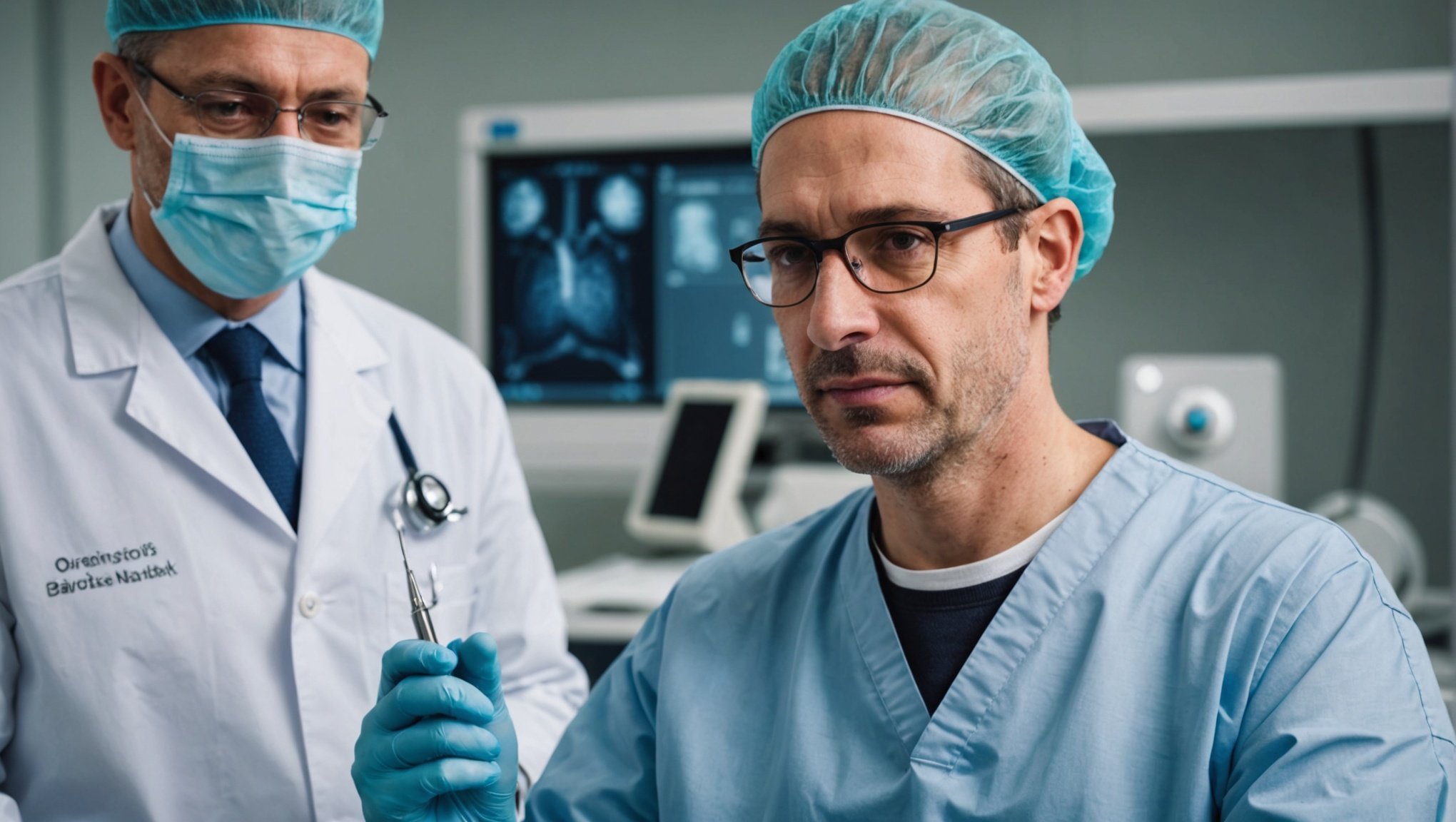Angioplasty is a medical procedure typically undertaken to widen obstructed or narrowed arteries or veins, a condition often linked with peripheral arterial disease. In the UK, vascular surgeons are responsible for performing this operation, ensuring the smooth flow of blood through the patient’s vascular system. Despite its relative success rate, angioplasty carries some risks and can lead to complications. This article aims to provide information on how these medical professionals can prevent such complications from arising in patients who undergo this procedure.
Understanding the Procedure
Before discussing how to prevent complications, it’s crucial to first comprehend the angioplasty procedure. Angioplasty uses a small balloon catheter that is advanced into the blocked artery and inflated to open up the blood vessel. In some cases, a small mesh tube called a stent is inserted to keep the artery open.
Also read : In what ways can UK genetic counselors support families with a history of hereditary diseases?
This procedure is often performed in patients whose coronary arteries have become narrow or blocked due to coronary artery disease. It’s also widely used to treat peripheral arterial disease, which affects the arteries outside of the heart and brain.
The procedure generally involves administering heparin to prevent the formation of blood clots, and a contrast dye to allow the vascular surgeon to visualise the artery using X-ray guidance.
In the same genre : In what ways can UK clinical psychologists use CBT to treat anxiety disorders?
Potential Complications and Their Prevention
Like any surgical procedure, angioplasty carries some risks. These can be categorised as immediate, such as bleeding at the puncture site, and delayed, like restenosis or re-narrowing of the artery.
Vascular surgeons can take several steps to prevent these complications. For instance, ensuring adequate access site management can minimise the risk of bleeding. This includes applying sufficient pressure to the puncture site and using closure devices.
Moreover, the risk of restenosis can be reduced by using drug-eluting stents, which slowly release medication that helps prevent the artery from becoming narrow again. Similarly, post-procedure medication regimens, often comprising antiplatelet drugs, can help prevent blood clots from forming inside the stents.
Importance of Patient Selection
Choosing the right patients for angioplasty is also crucial in preventing complications. Not all patients with arterial diseases are suitable candidates for this procedure. Risk factors such as age, comorbid conditions, and the severity and location of the blockage should be thoroughly assessed before making the decision.
For instance, angioplasty may not be suitable for patients with multiple blocked arteries, severe heart disease, or those who have a blockage in a location that’s difficult to reach via angioplasty. Instead, these patients may be better managed with medication or bypass surgery.
The Role of Technology in Preventing Complications
Technology has a significant part to play in reducing complications from angioplasty. The advent of endovascular interventions, which involve treating the disease from inside the blood vessels, has revolutionised vascular surgery.
In particular, Google’s AI technology shows potential in predicting patient outcomes after angioplasty. Using predictive models, it can help doctors identify patients who are at high risk of complications, thereby guiding management strategies.
Moreover, the use of imaging technologies, such as intravascular ultrasound and optical coherence tomography, provides detailed images of the arteries, which can significantly aid in stent placement and reduce complications.
A Multidisciplinary Approach to Care
Lastly, preventing complications is not just the responsibility of the vascular surgeon performing the procedure. It requires a multidisciplinary approach involving cardiologists, radiologists, nursing staff, and even the patients themselves.
Post-procedure care is essential in preventing complications. Regular follow-ups, adherence to medication regimens, and lifestyle changes can significantly reduce the risk of complications. Patients should be educated about the signs of potential problems, such as chest pain or shortness of breath, so they can seek immediate medical help.
In conclusion, there’s no foolproof method to entirely eliminate the risk of complications from angioplasty. However, through careful patient selection, meticulous procedural technique, utilising advanced technology, and adopting a multidisciplinary approach to care, vascular surgeons in the UK can significantly diminish these risks and improve patient outcomes.
Advances in Research and Education in Vascular Surgery
Advances in medical research and education play a pivotal role in preventing complications in patients undergoing angioplasty. Studies conducted through platforms like Google Scholar consistently contribute to the ever-evolving knowledge in the field of vascular surgery. These studies have led to the development of innovative techniques, equipment, and protocols for performing angioplasty, in addition to providing broader insights into vascular disease.
One of the key areas of focus in current research is endovascular interventions, a minimally invasive procedure involving the placement of a stent in the affected artery. Research has shown that these interventions can help reduce the risk of complications such as myocardial infarction, or heart attack, and also improve patient recovery time.
The use of antiplatelet therapy in patients undergoing coronary angioplasty has also been extensively studied, with results showing its effectiveness in preventing blood clots and reducing the risk of restenosis after the procedure.
Training and education in peripheral arterial disease and its management, including the identification and treatment of potential complications, are also crucial for vascular surgeons. Updated guidelines and continuous education programs, such as workshops and seminars, can ensure that surgeons are well-equipped to deal with any challenges that may arise during the procedure.
The Future of Vascular Surgery
As we move forward, the field of vascular surgery is expected to evolve significantly, driven by continuous research and technological advancements. This evolution will focus on improving patient outcomes, reducing complications, and providing personalised care.
The integration of AI technology in healthcare, such as Google’s predictive models, will help in identifying patients at high risk of complications from angioplasty, thus guiding pre-operative decisions and post-operative care.
Furthermore, continued advancements in imaging technologies will provide surgeons with a more precise view of the arteries, aiding in stent placement and reducing the risk of complications. Similarly, the development of new and improved stents, potentially including bio-absorbable stents, will also play a substantial role in reducing restenosis rates.
As a result, the future of angioplasty and vascular surgery in the UK looks promising. Through a multidisciplinary approach to care, careful patient selection, continued research and education, and the integration of advanced technology, vascular surgeons can continue to significantly reduce the risks of angioplasty and improve patient outcomes.
In conclusion, while angioplasty does carry some inherent risks, the ongoing advancements in vascular surgery and the multidisciplinary approach to patient care can significantly help in reducing these risks. By embracing these advancements and adopting a patient-centric approach, vascular surgeons in the UK will continue to improve the quality of care provided to patients undergoing angioplasty.











